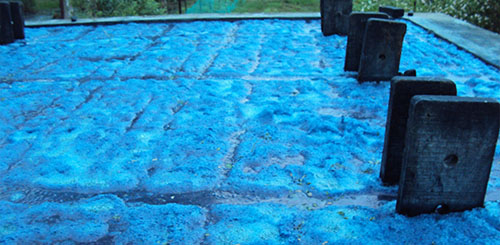
.jpg)
.jpg)
.jpg)
Indigo is a natural dye extracted from a plant called indigofera tinctoria. Indigo was known all through the old world for its capacity to shade textures a dark blue. indigo is an ancient dye and there is evidence for the use of indigo from a recent discovery at an archaeological dig in Peru, said the earliest trace of indigo being used as a dye may have been over 6,000 years ago, quite hard to comprehend. Cotton fibers were found with indigo on them.
Indigo was also cultivated in India, which was also the earliest major center for its production and processing. The indigofera tinctoria species was domesticated in India. Indigo, used as a dye, made its way to the Greeks and the Romans, where it was valued as a luxury product.
Indigo was often referred to as blue gold as it the best possible trading commodity, although high value it was compact and long lasting.
By using natural indigo, we make a conscious effort will to help provide sustainable employment to rural population in third world countries. Not just that but you would also be contributing towards helping the environment and reducing the use of petrochemicals.
The association of India with indigo is reflected in the Greek word for the dye, indikón (Ἰνδικόν, indian)
Made of indigofera tinctoria extracts, the cut plants of indigo are packed in the fermentation Vat and filled with clear fresh water and allowed to sleep still the rapid fermentation for about 10-15 hours, then transferring the liquid into another vat for oxidation where the color of the liquid turns from green to blue and finally the indigo separates out as flake and precipitates to the bottom of the vat, when the supernatant liquid is drawn off. The pulpy mass of indigo is boiled, filtered and pressed to remove as much of the water as possible, after which it is cut into cakes and finally air dried.
| Botanical Name | Indigofera Tinctoria |
| Common Name | Indigo Blue |
| Part Used | Leaves |
| Chemical Formula | C16H10N2O2 |
| Type of Dye | Vat Dye |
| C.I. Number | C.I. Vat Blue 1 |
| Main Coloring | Indigotin (Strength = 30-45%) (Swiss Method) |
| Component | Photospectrometer Method |
| Appearance | Blue |
| Solubility in water | 4.0 to 2.0% |
| Heavy Metal Component | In mg/kg: Cr = 9.33, Ni=3.43, Cu=18.01, Absent = Pb, As, Hg, Cd, Co, Sb |
| Moisture Content | 3.36% |
| Ph. of 1% Solution | 7+1.0 |
| Specialty | Color changes to greenish yellow in alkaline medium. |
| Dyeing | The process of dyeing cotton, wool & silk is almost same, the process is like that of vat dyes The dye has to be dissolved in reduced state, then oxidized to get the shade blue |
| Colors Imparted | Blue |
Available in
Form: cake / crushed / powder
Packing: HDPE drums
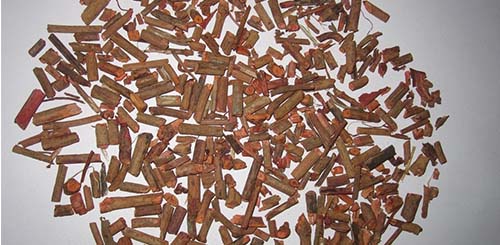
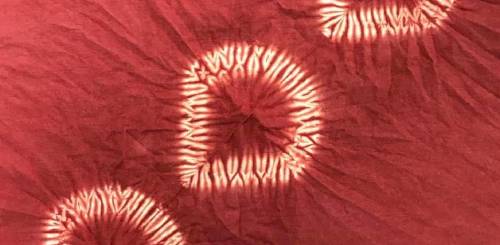
Made from the roots of Rubia Cordifolia L. plant. It has been used since ancient times as a red and orange dye for cotton, wool, silk and leather. The roots contain the dye compound called purpurin which gives red color.
Rubia Cordifolia was economically important source of a red pigment in many regions of Asia, Europe and Africa. It is commonly known as Manjistha and simply Madder Root/ Indian Madder.
Available in
Form: Root/ pencil cut size / powder
Packing: HDPE drums/ PP bags
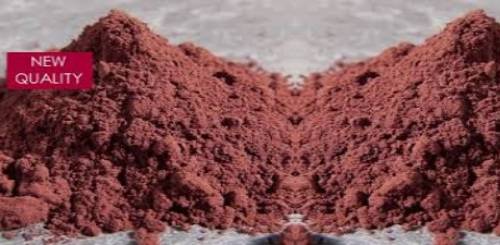
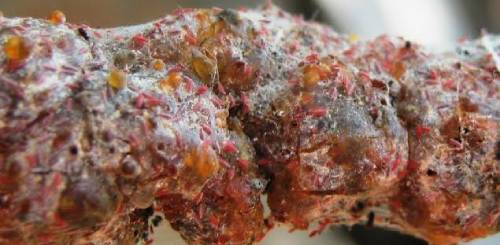
Made of scarlet pigment in the live pre-emergent insects (laccifer lacca/kerria lacca) which develop in a resinous cocoon known as sticklac. It is most well known for secreting Lac, a commercially important scarlet substance that is used.
This is a natural red dye and is obtained by washing the raw stick Lac by water and then precipitating the filtered wash liquor with acid. The main coloring component is Laccaic acid, the color of the dye can be modified by the appropriate choice of mordant from violet to red and brown.
Available in
Form: Powder
Packing: HDPE drums